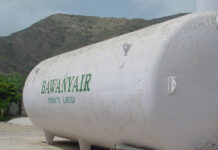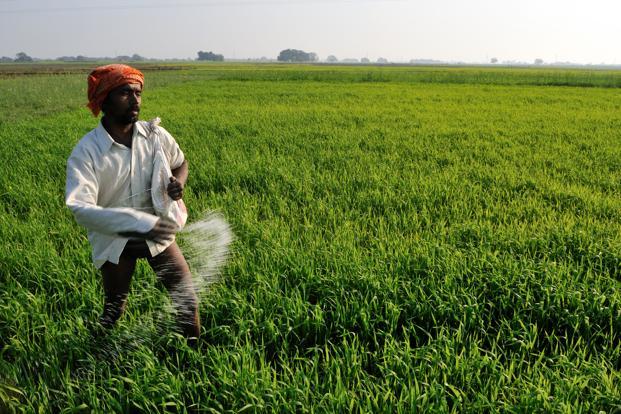LAHORE
Fertilizer makers may keep on facing pressure on margins despite the peak demand season where a pricing pressure would persist on both export and domestic front, market sources believe.
Talking to Pakistan Today, they believed that fertilizer sector currently faces two options. First, is to export the commodity at a price below breakeven cost which they believe is the more preferred option. On the other hand, they were of the view that the sector may let go the option of exports while taking a hit in terms of inventory carrying a cost, where an increasing stock pile would continue to haunt.
They said that pricing pressure on local sales would stay further despite peak demand season whereas urea prices remained under pressure, “a Rs 50-100 per bag jump in prices witnessed in the first week of July 2017 did not last for long, owing to the limited demand and huge stock piling by dealers during June, in anticipation of changes in subsidy,” they said, adding that Urea prices during July ranged between Rs 1,200-1,280 per bag, with National Fertilizer Marketing being an exception of Rs 1,000 per bag.
Market sources predict that the weak margin environment may persist for now, believing price pressure on both export and domestic front likely to weigh on margins for our fertilizer in second half of fiscal 2017 where prevailing local realised prices are at a 15 per cent premium to international prices compared to an average of 10 per cent discount witnessed in the year 2016.
They were of the view that the current downward trend in international prices, came-off by 12-32 per cent from its high, seen in January this year, would likely to persist in the near-term and may put pressure on the local industry in two possible ways: (i) elimination of exports on being unviable with the industry’s average breakeven cost stands at $ 225 per ton, and (ii) threat of low cost urea imports to facilitate farmers in case international prices decline by another $ 5-10 per ton, which translates that into landed cost of Rs 1,200 per bag as against industry’s prevailing average realised price of Rs 1,300-1,380 per bag.
Latest updates on urea prices and sales were also not encouraging. Provisional off-take numbers for July indicate expected a decline in urea sales by 68 per cent on a month on the basis on the back of high base effect in anticipation of a reduction in cash subsidy while DAP offtake jumped by 97 per cent in the same period.
Despite peak demand season, prices remained under pressure ranging between Rs 1,200-1280 per bag, with NFML, being an exception. We believe price pressure on both export and the domestic front is likely to weigh on margins for ‘our’ fertilizer universe in 2017.
Lower urea and higher DAP offtake were witnessed in July, where Urea offtake for July dropped 68 per cent on month on and 56 per cent on yearly basis to 340 thousand tons owing to high-base effect and sowing season for Kharif approaching its end.
On the other hand, the expected jump by 97 per cent on month on and 11 per cent on yearly basis with 220 thousand tons, fully reflected the seasonal growth. On a cumulative basis, Urea or DAP offtake increased by 17 per cent to 304,081 million tons. Urea inventory for the month is expected to surge slightly to 1.15 million tons which were 20 per cent of annual sales with FFC holding the highest inventory of 475 thousand tons. Subsidy on DAP has continued unabated with certain changes in the mechanism, cash subsidy substituted with GST adjustment. ‘This allowed seasonal pickup in DAP demand to be fully reflected in monthly sales’ they pointed out.
The figures show that exports surged 36 per cent on a month on basis with declined retention prices. Urea exports also shot up in July by 36 per cent to 70 thousand tons, restricting the inventory pile-up from lower local off-take to some extent. Market sources believe that inventory was expected to close the month at 1.15 million tons level. However, retention prices for exports remained at the lower end ranging from USD 190-225 per ton in the first half of this year with an average of $ 30-240 per ton.























